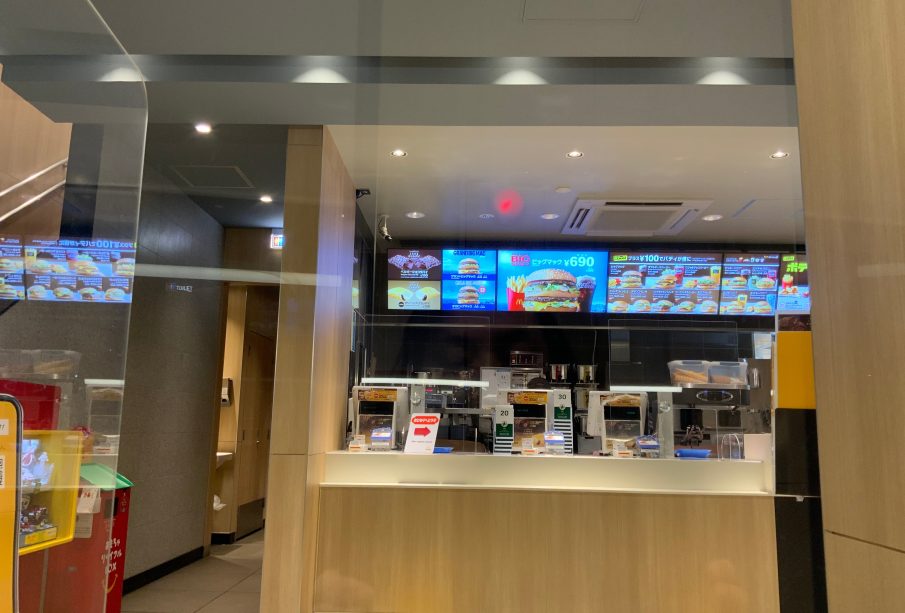The Evolving Landscape of Fast Food Restaurants

Introduction
The fast food restaurant industry has long been a cornerstone of modern eating habits, offering convenience and affordability to millions globally. With the onset of the pandemic and shifting consumer preferences, this sector is undergoing significant transformations that are not only altering the dining experience but also influencing broader culinary trends. Understanding these changes is essential for industry stakeholders and consumers alike.
Current Trends and Innovations
Recent reports indicate a remarkable resurgence in the fast food industry, with global revenues projected to reach approximately $797 billion in 2023, growing year-on-year as consumers increasingly turn to these establishments for quick meal solutions. Key factors driving this growth include the rising popularity of delivery services, which have expanded significantly during the pandemic, and the digitalisation of menus with various contactless options. Major chains such as McDonald’s, Burger King, and KFC are investing heavily in app development and improving online order fulfilment to facilitate this shift.
Another pivotal trend is the increasing focus on health-conscious menu options. Many fast food restaurants are incorporating plant-based items, organic ingredients, and transparency in sourcing to cater to the growing demand for healthier eating. For instance, in 2023, McDonald’s introduced a new line of plant-based burgers aimed at appealing to flexitarian diners, reflecting changing consumer attitudes towards sustainability and health.
Challenges Facing the Industry
Despite the positive outlook, the fast food restaurant industry also faces significant challenges. Rising food and labour costs have squeezed profit margins, compelling many establishments to rethink their pricing strategies. Additionally, as competition intensifies, brands must continuously innovate to maintain customer loyalty. Environmental concerns are also becoming increasingly important, with both consumers and investors demanding greater accountability around sustainable practices.
Conclusion
The fast food restaurant industry is at a crossroads, balancing the traditional allure of convenience and affordability with evolving consumer expectations around health and sustainability. As companies adapt to these trends, the future of fast food looks promising but challenging. Industry analysts predict that continued innovation and responsiveness to consumer feedback will remain key to long-term success. For consumers, these developments signify a broader choice of meal options, catering not only to those on-the-go but also to those prioritising health and environmental responsibility in their dining experiences.









